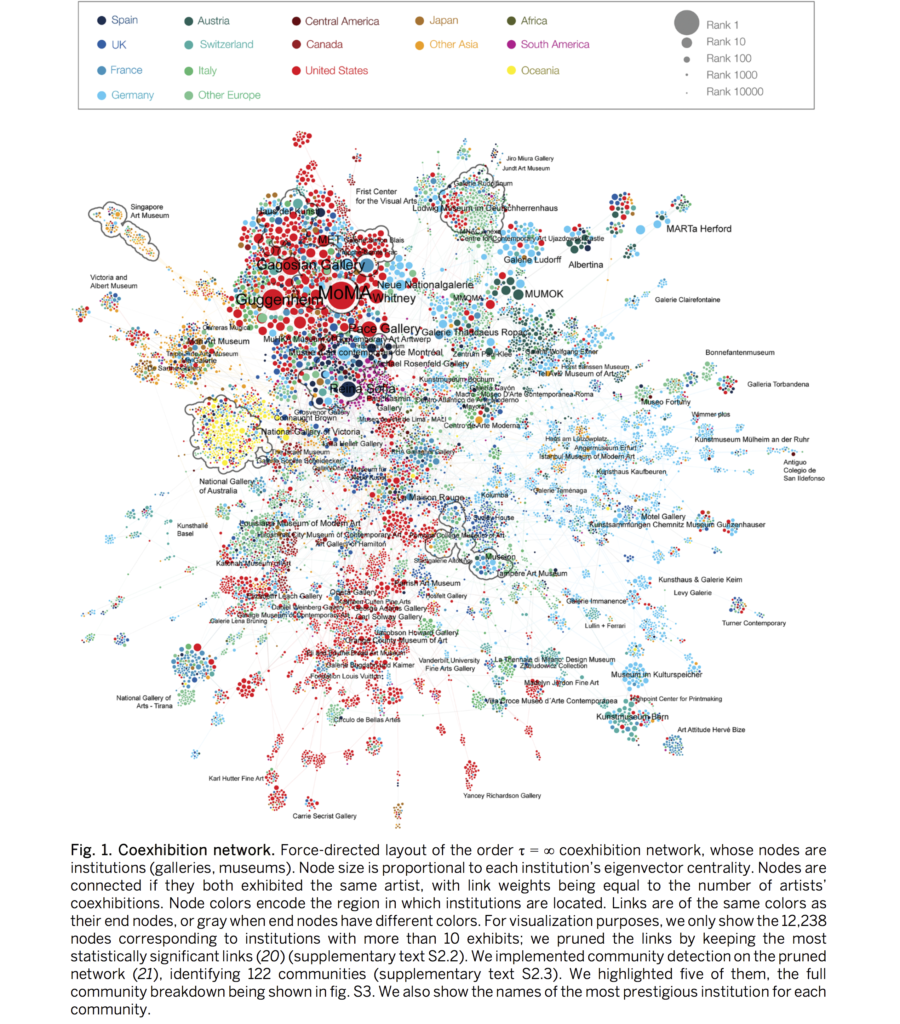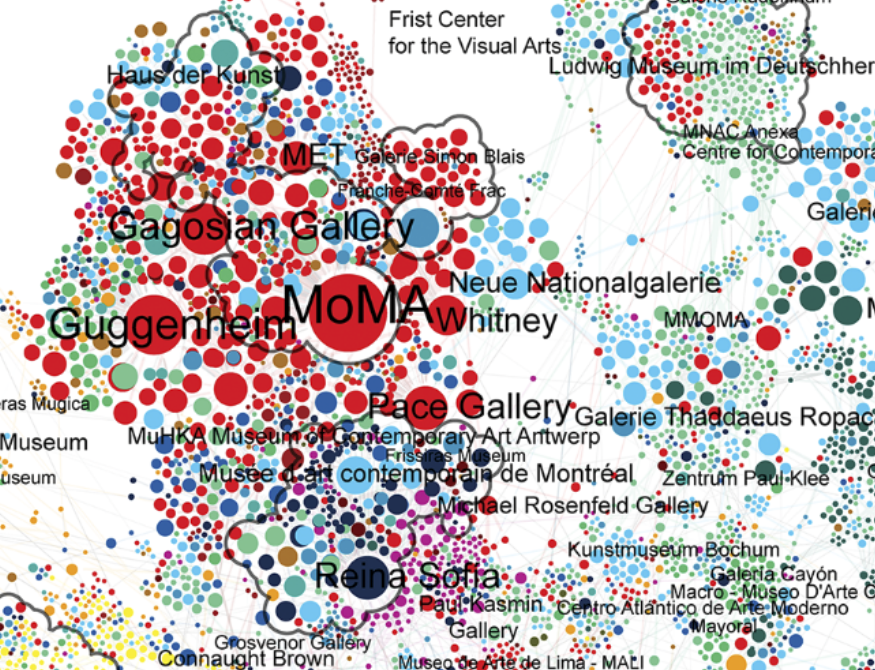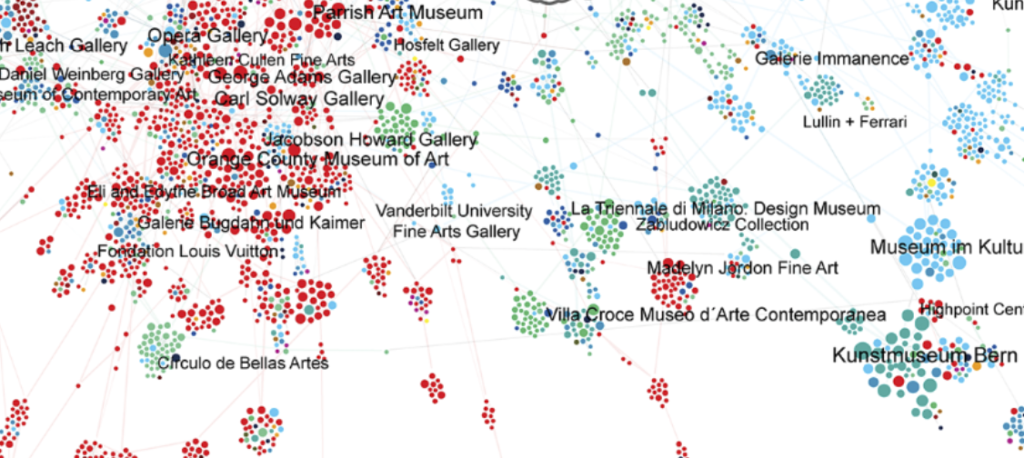Art World
What’s the Secret to Making It as an Artist? A New Study Says the First Few Years Are Key
For most successful artists, prestige comes early—or not at all.

For most successful artists, prestige comes early—or not at all.

Sarah Cascone

What does it take to make it as a professional artist today? The most critical thing is to show at the right places early on, according to a new study published in the journal Science.
Data scientists looked at the careers of a half-million artists between 1980 and 2016 and found that early endorsement by prestigious art institutions was the best predictor of long-term success. The data, collected by the firm Magnus, included exhibitions at 16,002 galleries and 7,568 museums, as well as sales at 1,239 auction houses.
“There’s this invisible network of trust that exists in the art world, but the group that decides who matters in art was considerably smaller and more powerful than we expected,” Northeastern University network theory scientist Albert-László Barabási, who authored the study with Samuel P. Fraiberger, Roberta Sinatra, Magnus Resch, and Christoph Riedl, told the Wall Street Journal.

The study shows a dense network of art institutions with the Museum of Modern Art and Gagosian Gallery at the center. Image courtesy of Science.
At the center of that network is a group of unsurprising power players, including the Museum of Modern Art, the Guggenheim, Pace and Gagosian galleries, Tate, and the Pompidou Centre. On the edges looking in were less famous but still influential tastemakers such as New York’s Paula Cooper Gallery, Galerie Krinzinger in Vienna, Galerie Thaddaeus Ropac in Paris and London, and Galerie Max Hetzler in Berlin.
The study’s mapping also depicts smaller, insular national networks in Germany, Australia, and Asia that exhibit artists who rarely break through to the most prestigious international institutions.
The findings show that starting out at prestigious museums and galleries almost always leads to long-term success, but it’s much harder to break through to the big time for artists who have to start small. Among those who enter through more obscure institutions, only 14 percent remain active in the art world over a period of ten years.

The study shows a dense network of art institutions with the Museum of Modern Art and Gagosian Gallery at the center. Image courtesy of Science.
“If one of your first five shows as an artist is held at a gallery in the heart of this network, the chances of your ending your career on the fringes is 0.2 percent,” Barabási told the Wall Street Journal. “The network itself will protect you because people talk to each other and trade each other’s shows.”
In a smaller subset of 31,794 artists born between 1950 and 1990, the study found that only 240 of them were able to make the jump from lower-tier institutions to the world’s most prestigious museums and galleries. Of the 4,058 artists who started out with the best exhibition venues, 59 percent maintained that status throughout their careers.